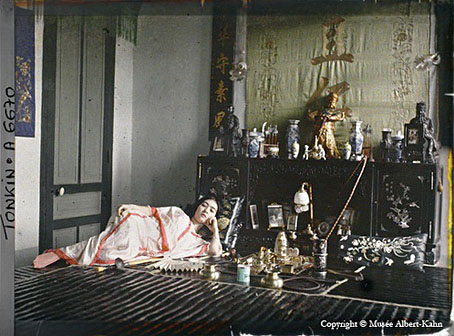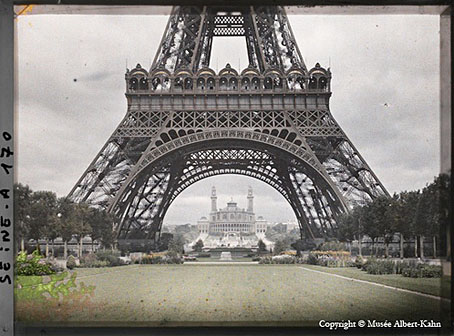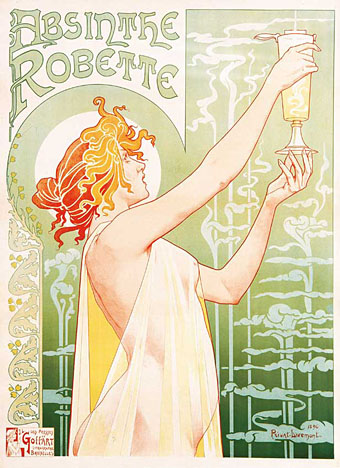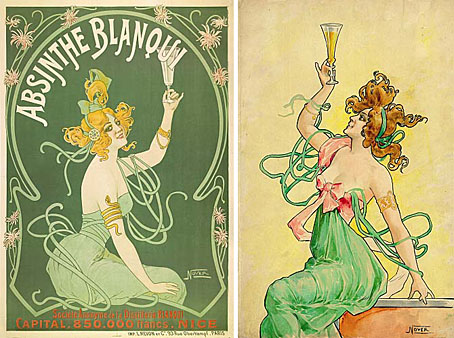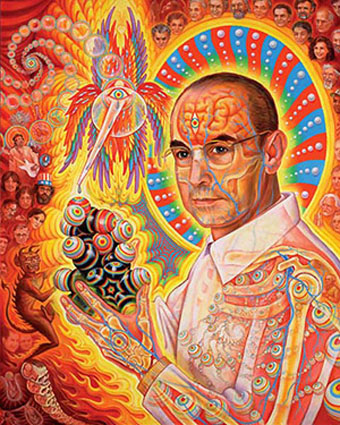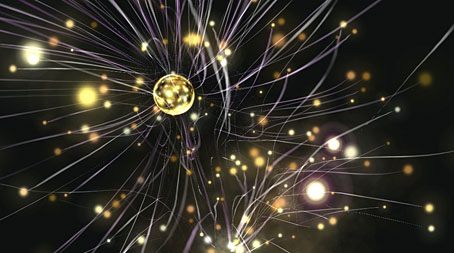
It’s perhaps fitting that in the same week (almost the same day) that the Large Hadron Collider was finally switched on, Apple should release iTunes v. 8.0. The improved Visualizer for this application generates patterns not so far removed from the graphics created to explain quantum interactions or cosmic motion. (And while we’re discussing quantum events, let’s not forget this.)
I enthused last year about the Jelly setting of the Visualizer but these new graphics are a step—a quantum leap, even—beyond that, with a variety of spinning orbs and glowing lights which shoot out streams of sparks and flares of colour. Variations can be had by pressing the M key which cycles through the settings. The abstract fish and/or spermatozoa are especially impressive the way they charge around the screen while their world revolves in three dimensions. If Jelly makes you feel like you’re on drugs, watching these new effects reacting in time to some suitably contemporary music—Aerial by 2562, for instance—makes me feel for once that I’m living in the future I expected to find this side of the year 2000.
• Nature explains what the LHC has actually been built for.
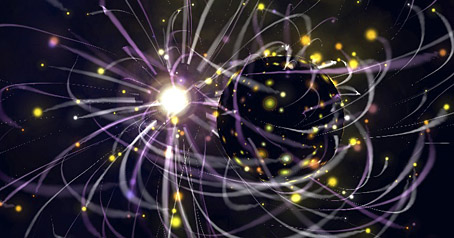
Previously on { feuilleton }
• Aerial by 2562
• From LSD to OSX
• iTunes 7

